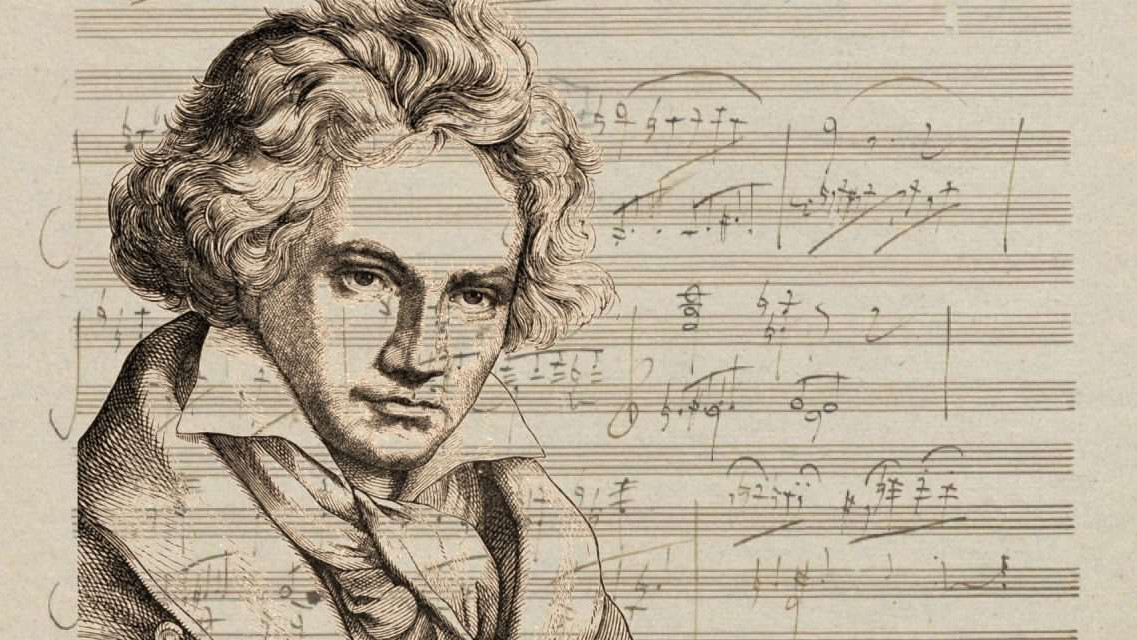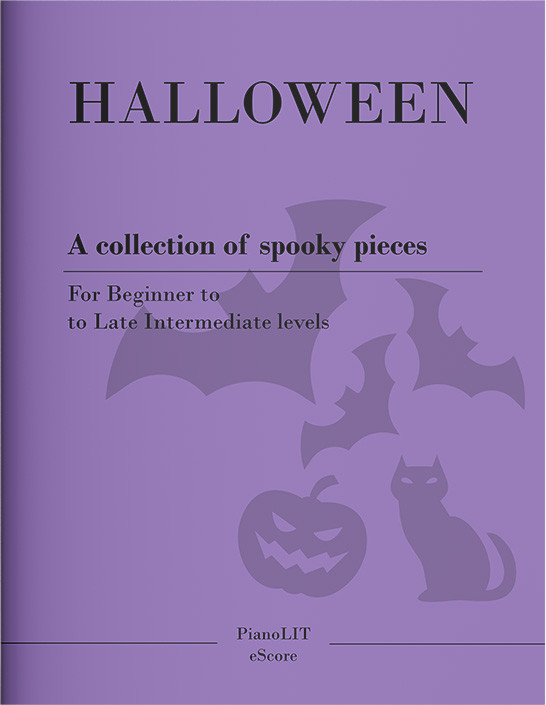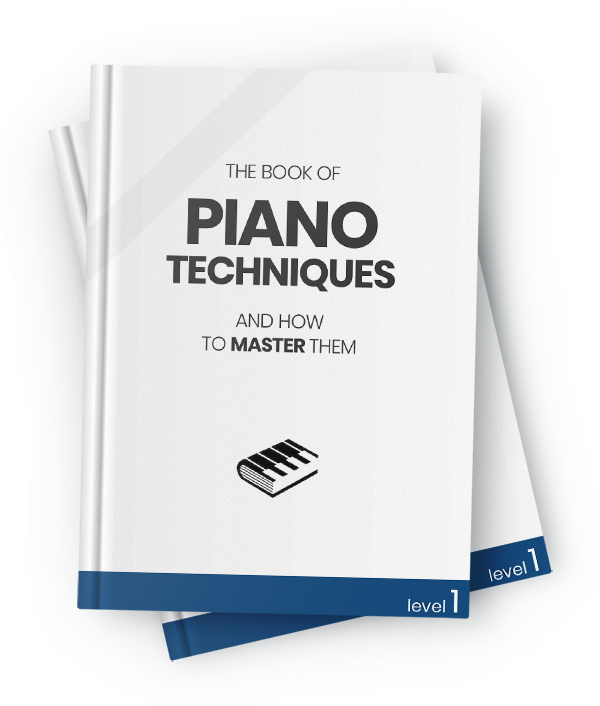The untold secret of the Moonlight Sonata
Beethoven's Moonlight Sonata is undoubtedly one of the most famous classical piano pieces of all time, and yet it may well be among the most misunderstood.
Mar 23, 2021 • 5 min read
18114

Want a heads up when a new story comes out?
This post is based on Andras Schiff's lecture on Beethoven's Sonata No.14 in C♯, Op.27/2 "Moonlight". The lectures took place at Wigmore Hall, London UK, from 2004–6.
Ludwig Van Beethoven composed his 14th piano sonata (known today as the "Moonlight Sonata") in 1801. This piece became an instant hit and quickly established itself as a staple of classical music. What may come as a surprise, however, is that much of what we know about this piece might be wrong. From its nickname to the way we hear it and play it, there's a "thick layer of false tradition on it" as Schiff stated right at the start of his lecture.
Let's unravel the secrets behind the real origins of this piece!
Not about the Moonlight after all...
The nickname Moonlight was never given by Beethoven. This name was given by a famous poet and music critic called Ludwig Rellstab, who wrote in a review of this piece in the 1830s (years after Beethoven died).

In the review, Rellstab writes that the first movement reminded him of a boat floating by the moonlight in Lake Lucerne, Switzerland.
That comment made the nickname stick and centuries later we still recognize this piece primarily as the Moonlight Sonata.
Finding clues in Mozart's Don Giovanni
Take a listen to this scene from Mozart's famous opera and focus on the accompaniment part:
This is the scene when Don Giovanni murders the Commendatore.
Can you hear the same three-note pattern we hear in Beethoven's Moonlight Sonata? This might not be a coincidence.
Edwin Fischer, the renowned pianist, describes in his book "Beethoven's Pianoforte Sonatas" a discovery he made when he was in the library of the archives of Wiener Musikverein. There he found a sketch, in Beethoven's handwriting, of the scene from Don Giovanni you just saw. The sketch transposes the original music into C# minor, which is the key of the sonata.
In Fischer's opinion, it becomes clear where Beethoven drew inspiration for his piece and he certainly has a point. The death scene in the opera might have been the actual inspiration for the famous sonata, not a moonlight after all!
Another clue is also found in the melody, which features the dotted rhythm that has been so widely used by composers to depict funeral scenes. Here's an example:
An eerie atmosphere
Beethoven made a special note about the pedal in the score:
Si deve suonare tutto questo pezzo delicatissimamente e senza sordino
Which translates to:
This whole piece ought to be played with the utmost delicacy and without dampers
"Without dampers" means that pianists should play this entire movement with one pedal, without ever releasing it.

Any pianist will quickly say that this is not possible in modern pianos, because they resonate much more than the small fortepianos Beethoven had available to him.
That is a fair argument for sure but, as Schiff mentions in the lecture, most pianists don't even give it a try. In his opinion, keeping the pedal about 1/3 of the way down might be just right (depending on the piano and the room, of course).
Here is how he plays it:
What do you think? A bit too blurry? Regardless of whether or not we should be holding down the pedal during the entire movement, the somber and eerie character it creates is certainly part of what Beethoven had in mind.
And it has little to do with a calm evening on a boat by the moonlight.
•••
- https://wigmore-hall.org.uk/podcasts/andras-schiff-beethoven-lecture-recitals


